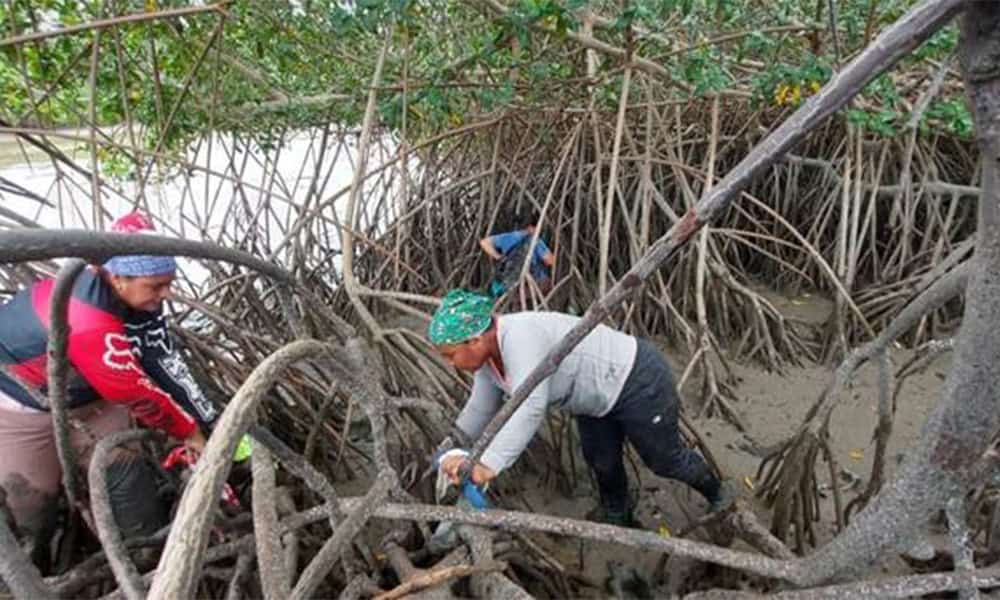Costa Rica continues to strive for environmental protection. The country implemented the Payment for Marine Environmental Services Program. This initiative protects marine ecosystems by providing financial recognition for environmental services in mangrove forests, benefiting 157 women and men who sustainably harvest mollusks in the Gulf of Nicoya, Guanacaste Province.
The program promotes environmental protection while enabling families to achieve economic security. Currently, six mollusk and shellfish associations are participating, receiving 212 million colones annually per participant in recognition of their efforts to conserve mangrove forests.
Participating sectors were selected based on the Management Plans for the Exploitation of Mollusks developed for the Tempisque Conservation Area. Associations met rigorous administrative requirements, ensuring a strong commitment to sustainability.
The Gulf of Nicoya was chosen for its rich mangrove ecosystems and the dedication of its local communities to conservation. Associations must comply with strict Molluscan Shellfish Harvesting Plans and refrain from logging or other harmful activities in mangrove areas unless specifically permitted.
“This is a sign that the Government believes in conservation with and for people. But it is particularly special because it will be the first Marine PES in the country and the world,” saido Rodrigo Chaves, President of Costa Rica.
PES Bio Plus: A New Chapter in Forest Conservation
The government is also launching PES Bio Plus, an expansion of the Payment for Environmental Services Program. This initiative aims to significantly increase forest coverage, particularly in rural areas, by valuing forests based on their contributions to water resource protection, biodiversity conservation, and other ecosystem services.
With PES Bio Plus, FONAFIFO will double the hectares under forest protection annually, marking a historic achievement in Costa Rica’s conservation efforts. This program also opens the door for forest owners and possessors who have long sought to participate but faced budgetary barriers.
Costa Rica’s innovative approach demonstrates how conservation and economic opportunity can thrive together. Programs like these strengthen and benefit ecosystems and communities alike.






